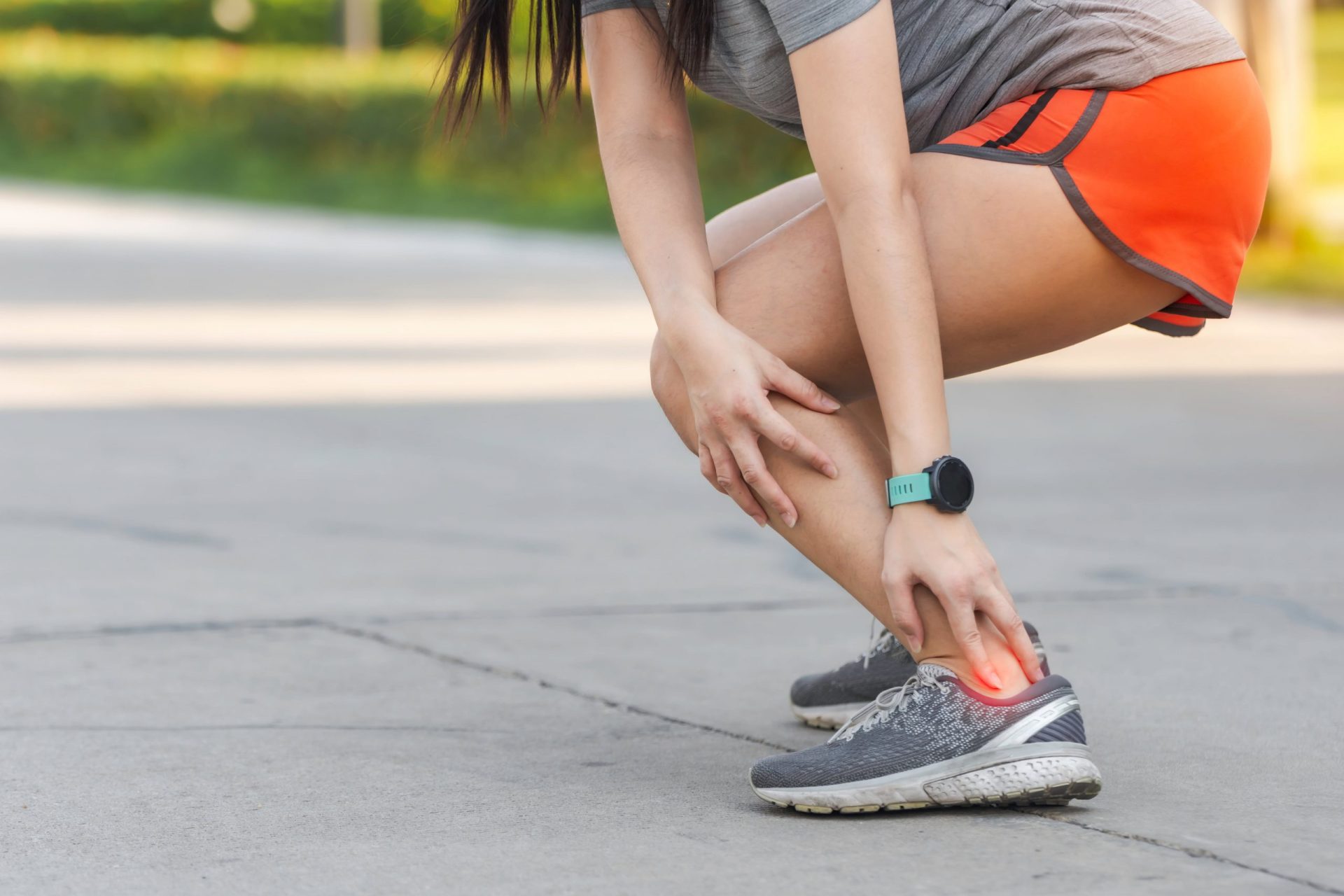
Achilles Tendinitis Treatment
Achilles tendinitis is a common and often painful condition that affects the Achilles tendon, the largest tendon in the human body. This condition can be particularly debilitating as it impacts one’s ability to walk, run, or engage in various physical activities. In this comprehensive guide, we will explore Achilles tendinitis, including its causes, symptoms, risk factors, prevention strategies, and evidence-based treatments, to help individuals better understand, manage, and overcome this challenging condition.